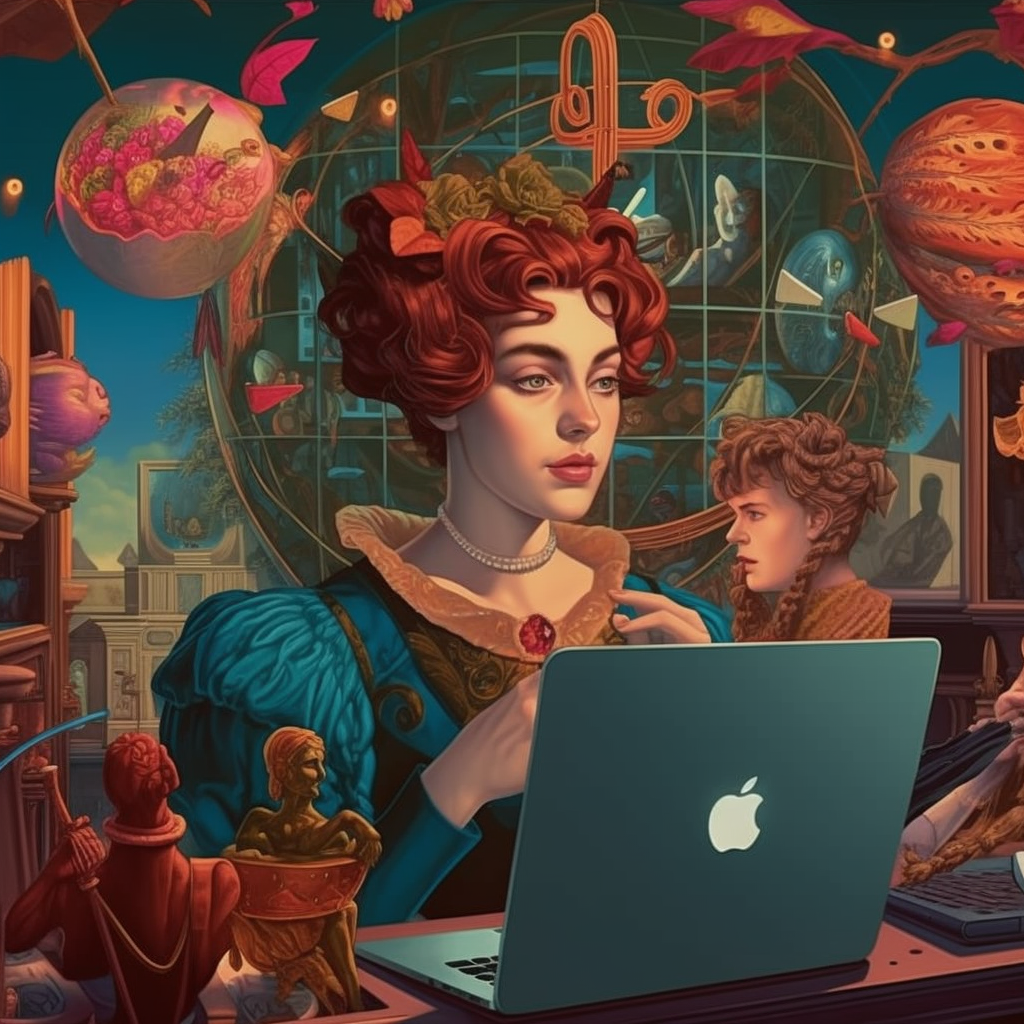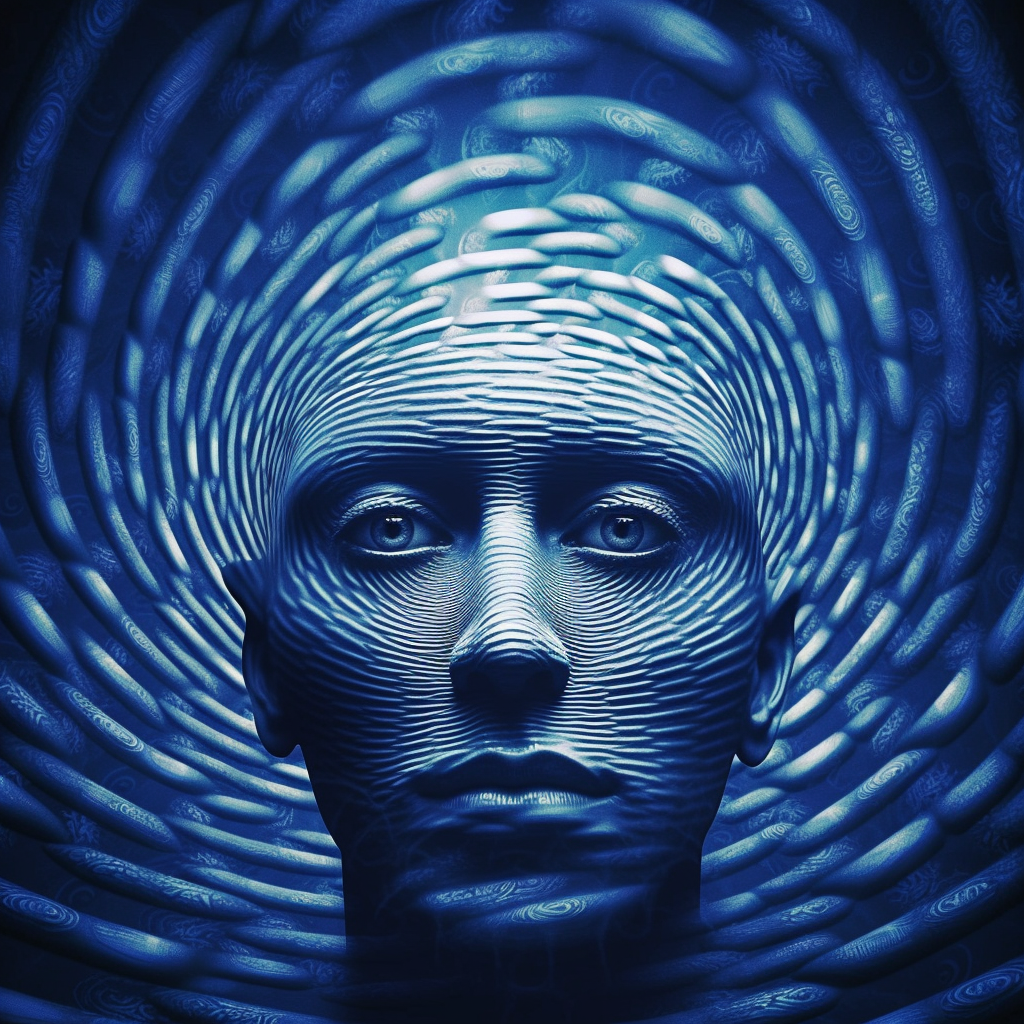In recent years, the art world has witnessed a revolutionary shift with the rise of non-fungible tokens (NFTs) and digital art. NFTs, built on blockchain technology, have enabled artists to create and sell unique digital assets, including artwork, music, videos, and more. This article explores the emergence of NFTs and their impact on the art industry, ushering in a new era that some refer to as the “New Renaissance.”
Understanding NFTs
Non-fungible tokens (NFTs) are unique digital assets that represent ownership or proof of authenticity of a particular item, typically in the form of art, collectibles, or virtual real estate. Unlike cryptocurrencies like Bitcoin or Ethereum, which are interchangeable, NFTs are indivisible and have distinct characteristics, making them one-of-a-kind. NFTs are based on blockchain technology, ensuring transparency, security, and immutability of ownership records.
The Digital Art Revolution
The advent of NFTs has revolutionized the art world, providing artists with unprecedented opportunities to create, showcase, and monetize digital art. Digital art, previously seen as ephemeral and easily reproducible, can now be tokenized as NFTs, imbuing it with scarcity and provenance. Artists can sell their digital creations directly to collectors, bypassing traditional intermediaries, and earn royalties from future sales.
The Value of Authenticity and Ownership
NFTs have breathed new life into the concept of authenticity and ownership in the digital realm. With blockchain technology, artists can establish provenance and ensure the scarcity of their digital creations, combating issues of plagiarism and unauthorized reproduction. Collectors, in turn, have a verifiable record of ownership, adding value to their acquisitions. The notion of ownership is evolving, as individuals can now possess unique digital assets that exist solely in the digital space.
Expanding Artistic Boundaries
NFTs have opened up a realm of creative possibilities, pushing the boundaries of traditional art mediums. Artists can experiment with interactive and immersive digital experiences, combining visual art, music, animation, and virtual reality. The integration of smart contracts in NFTs allows for dynamic functionalities, such as unlocking additional content or enabling participation in ongoing art projects. Artists are now unshackled by physical constraints, embracing the boundless potential of the digital medium.
Challenges and Controversies
While NFTs have brought about exciting changes, they have also raised concerns and controversies within the art world. Environmental concerns related to the energy consumption of blockchain technology have come to the forefront. The carbon footprint associated with mining cryptocurrencies and executing blockchain transactions is an issue that needs to be addressed. Additionally, questions surrounding copyright infringement, intellectual property rights, and the role of traditional art institutions in the NFT space continue to be debated.
The Democratization of Art
One of the most significant aspects of the NFT revolution is the potential for the democratization of art. NFTs provide a platform for artists from diverse backgrounds and regions to gain recognition and monetize their work directly. Emerging artists, who were previously underrepresented in traditional art markets, now have the opportunity to reach a global audience and showcase their creations. NFTs have the potential to challenge the established art hierarchy and foster inclusivity within the art world.
Investment and Speculation
The rapid growth of NFTs has attracted considerable attention from investors and speculators. High-profile NFT sales and skyrocketing prices have created a sense of excitement and FOMO (fear of missing out) among buyers. However, the NFT market’s volatility raises concerns about the sustainability of this art market boom. While some view NFTs as a speculative investment, others caution against the potential risks and urge a focus on the artistic and creative value of digital assets.
The Future of NFTs and Digital Art
As NFTs and digital art continue to evolve, the future holds both possibilities and challenges. The integration of augmented reality (AR) and virtual reality (VR) technologies with NFTs can create immersive art experiences. Additionally, the development of decentralized platforms and curated marketplaces may offer alternative models for artists to showcase and sell their work. Striking a balance between innovation, sustainability, and ethical considerations will be crucial to ensure the longevity and relevance of NFTs in the art world.
The emergence of NFTs and digital art signifies a new era in the art world, where technology intersects with creativity and ownership. NFTs have disrupted traditional notions of art ownership, authenticity, and the democratization of artistic expression. While challenges and controversies persist, the potential for innovation, artistic exploration, and inclusivity within the NFT space is immense. As we witness the rise of the “New Renaissance,” it is essential to embrace this digital transformation while remaining mindful of the ethical, environmental, and cultural implications of this evolving art landscape.





